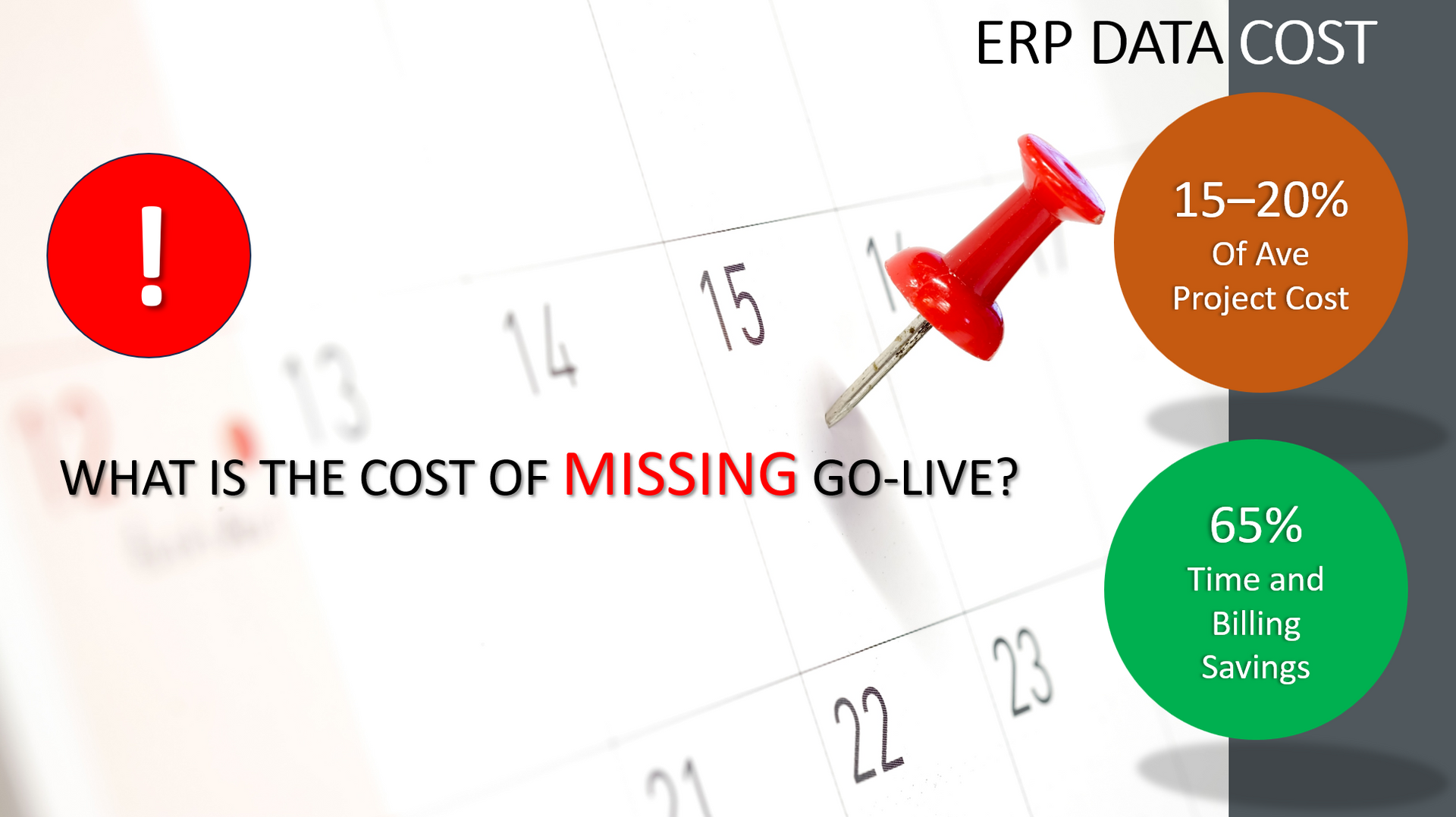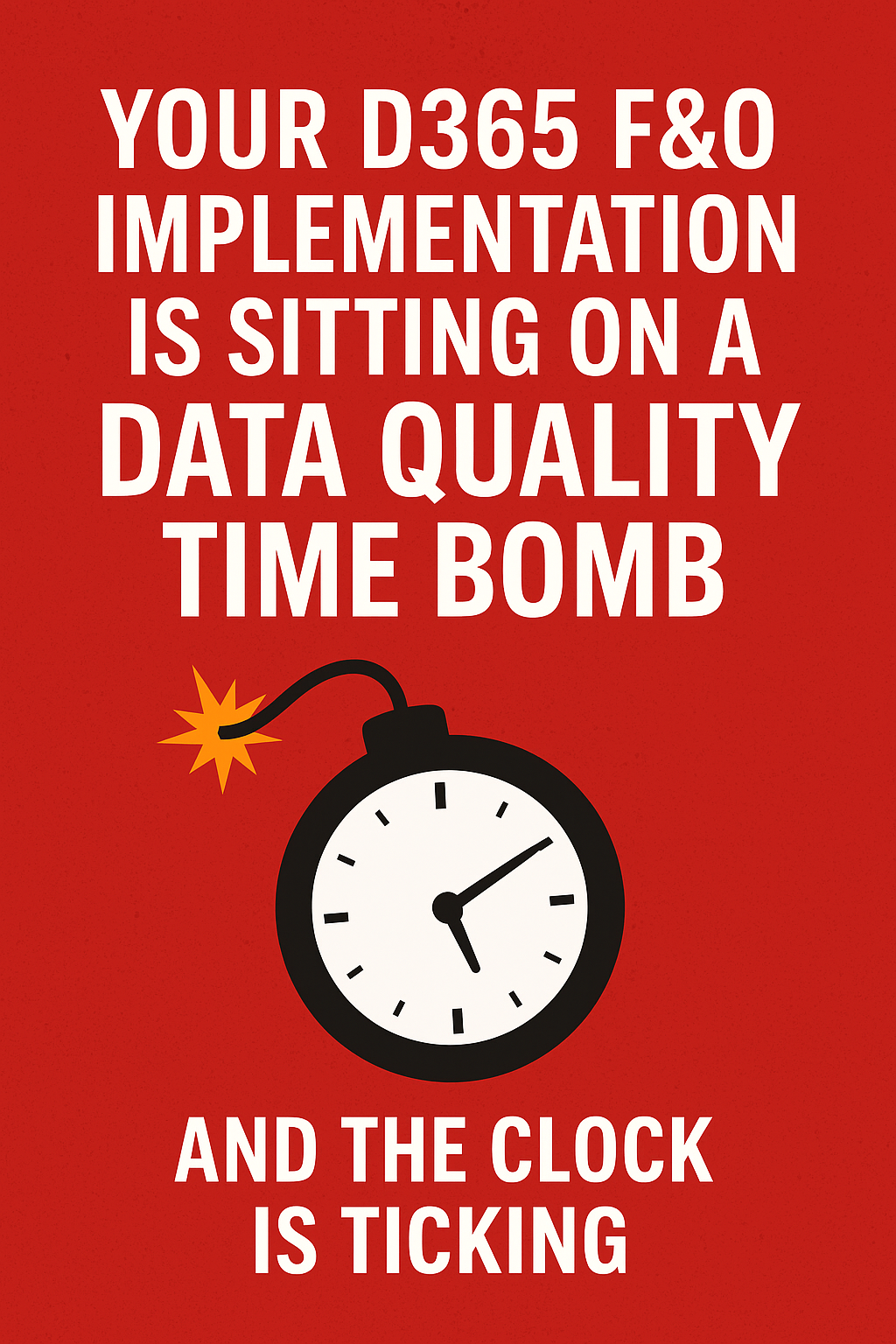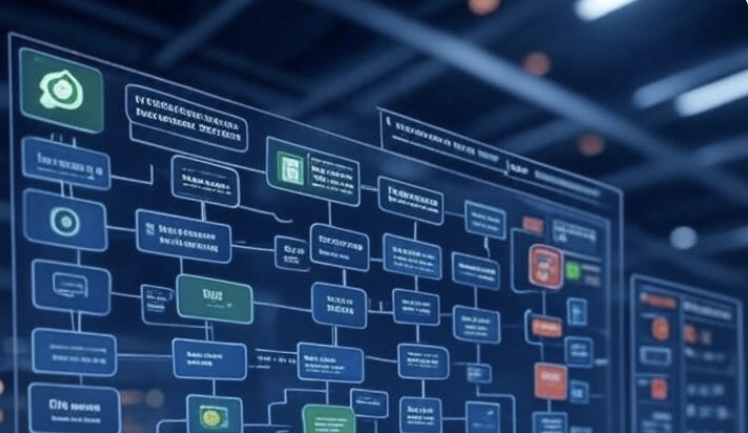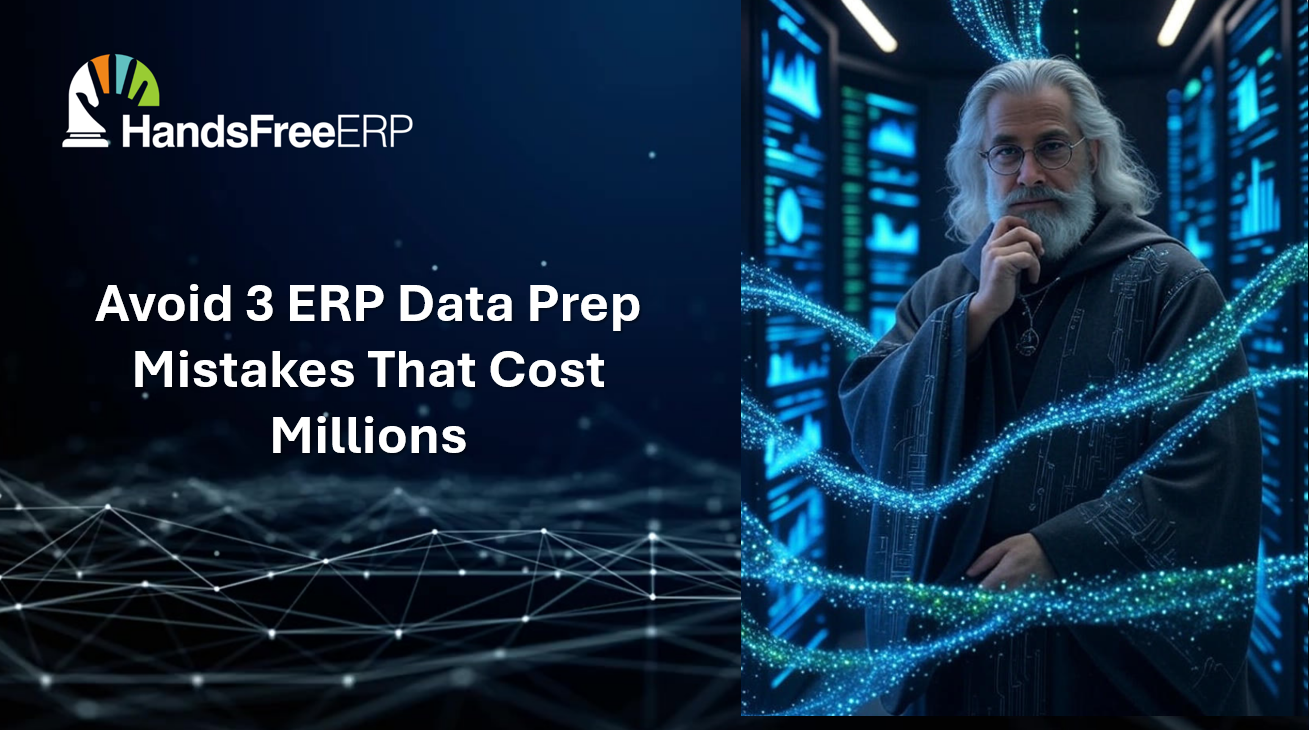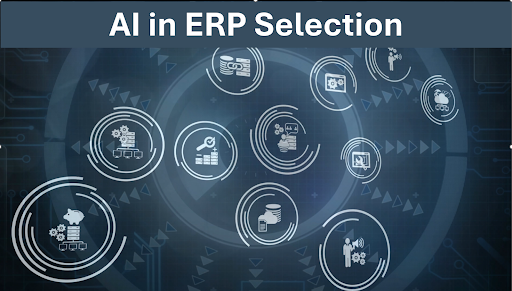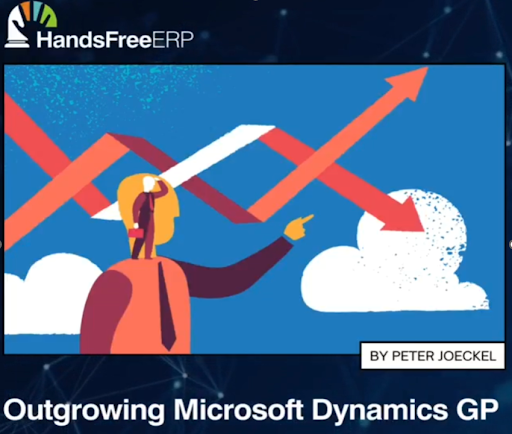The Crucial Role of Data Quality in the Success of Dynamics Copilot in ERP Systems
The Vital Importance of Data Quality for the Success of Dynamics Copilot in ERP Systems.
Introduction
In this article, we examine the critical role of data quality in successfully adopting Generative Artificial Intelligence (GenAI) tools such as Copilot and Enterprise Resource Planning (ERP) systems. We’ll explore the evolution of GenAI, its impact on businesses, and how data quality can make or break its implementation.”
A Forrester article titled “Data Quality Is the Primary Factor Limiting B2B GenAI Adoption” discusses the rise of generative artificial intelligence (GenAI) and its profound, transformative implications for businesses. In essence, the authors review the evolution of GenAI, its transformative impact on business, and how data quality influences its use in industry.
The article discusses the evolution of generative artificial intelligence (GenAI) since the release of ChatGPT in 2022, followed by Microsoft's first release of Copilot on February 7, 2023. Initially, these GenAI tools were limited, and trust was low, but now, they are more accessible and integrated into business software platforms.
Large language models (LLMs) are the core technology behind text-based GenAI. While creating LLMs is complex, businesses can now use existing ones like Copilot for Dynamics, lowering the entry barrier for implementing GenAI solutions. However, GenAI's success heavily depends on data quality. Poor data quality can lead to inaccurate GenAI/Copilot outputs, underscoring the crucial need for robust data governance. It's a responsibility that businesses must take seriously to ensure the accuracy and reliability of their GenAI outputs.
Here are the critical data-related insights:
- GenAI consumes data at a new speed, scale, and complexity level.
- The success of GenAI heavily depends on data quality.
- Poor data quality can lead to inaccurate GenAI outputs, emphasizing the need for robust data governance.
- The primary limiting factor businesses face today is their data quality.
- GenAI uses data to generate insights unpredictably.
Data Quality Conclusion
In conclusion, while GenAI offers promising capabilities and has the potential to revolutionize business operations, the quality of data fed into these systems is paramount. Poor data quality can lead to inaccurate outputs and hinder the successful implementation of GenAI. Therefore, robust data governance is essential. As we move towards a future where AI plays a more significant role in our businesses, we must prioritize maintaining high-quality data to reap the full benefits of these advanced technologies.
The Source of Bad ERP Data
The data quality findings in the article reinforce one of my critical rules for avoiding ERP project cost overruns and delayed go-live dates.
When reviewing the project plans and contracts for a new ERP implementation, beware of the following: any mention of Excel templates for data migration.
Too often, I have seen the responsibility for data migration shift to the customer as a method of saving project costs because the customer would be perfectly capable of using Excel templates to convert data.
This is a surefire recipe for disaster.
The only cost savings associated with this method of ERP data conversion are in the project budget, especially during competitive bidding between implementation partners to win the service contract.
The customer-led data conversion method inevitably leads to time and cost overruns and hefty change orders. The problem is compounded by the fact that the issue is typically found late when data conversion is critical for meeting the project's go-live date.
Moving data between ERP applications via spreadsheets is a surefire method for starting your new ERP solution with data not ready for AI (Artificial Intelligence).
Let's talk about your ERP data migration strategy.
HandsFree ERP
We are dedicated to ERP project excellence with experienced people, innovative processes, and innovative productivity tools like GYDE365-Discover. Experience - over one hundred years of combined experience selecting and implementing strategic ERP platforms.Peter Joeckel
With an IE/OR engineering degree and enterprise software implementation experience starting at Price Waterhouse, Peter Joeckel has been in the business application selection, implementation, and challenged project turn-around business for over thirty years. He credits his industrial engineering degree with his search for better processes and tools to implement complex business application platforms.Most recently, he was the lead HandsFree client advisor in the Circle of ERP Excellence lounge and speaker at the Community Summit North America.
HandsFree ERP is dedicated to supporting clients with their ERP initiatives, enabling companies to seamlessly connect users with their ERP partners. By utilizing skilled professionals, streamlined processes, and cutting-edge tools, HandsFree ERP significantly boosts the success rates of ERP projects.






